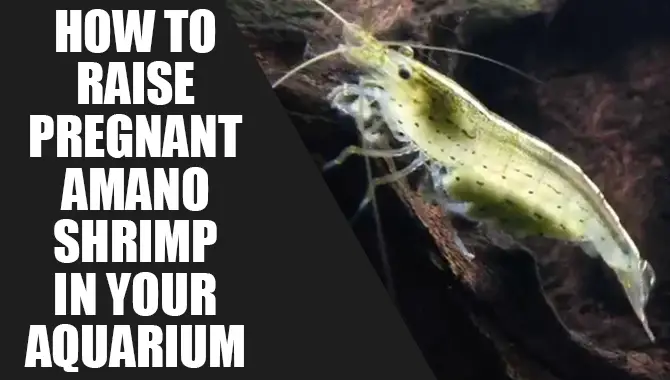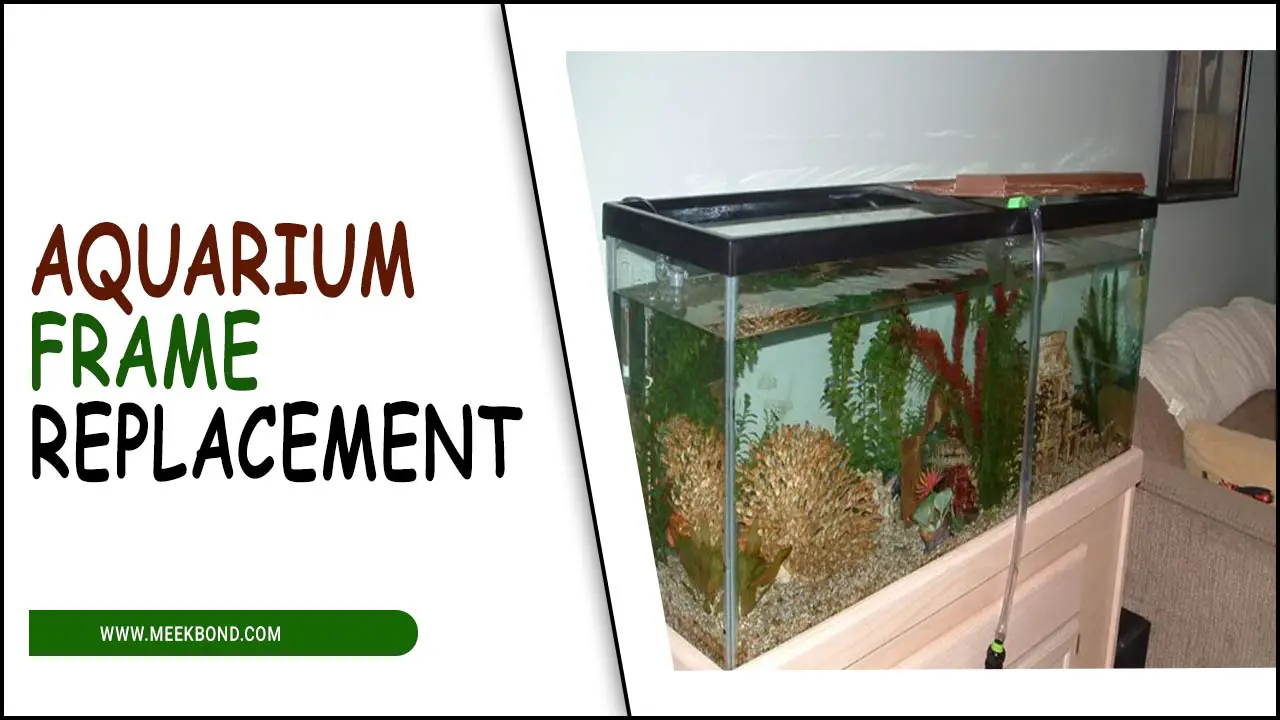The water bridge for aquariums is a true marvel of aquatic engineering. This innovative feature allows fish and other aquatic creatures to cross from one side of the tank to another safely. It provides them with new areas to explore and reduces overcrowding risk.
The water bridge is designed to seamlessly blend into the overall aesthetic of the aquarium. And creating a visually stunning focal point. It also serves as a functional element, allowing for efficient water circulation and filtration throughout the tank.
Whether you’re just starting out, incorporating a water bridge into your setup will undoubtedly add excitement. So, add wonder to your underwater world. Here, we will discuss how you can make a bridge through your aquarium.
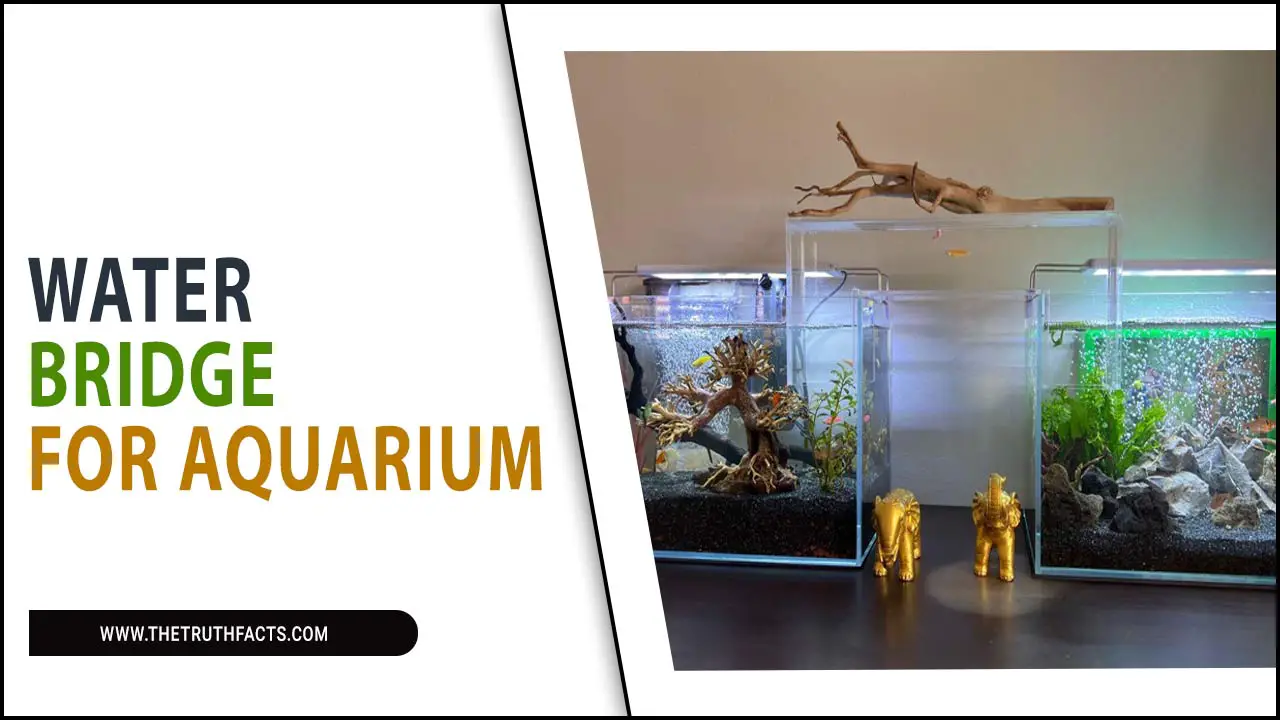
About The Water Bridge Between Aquariums
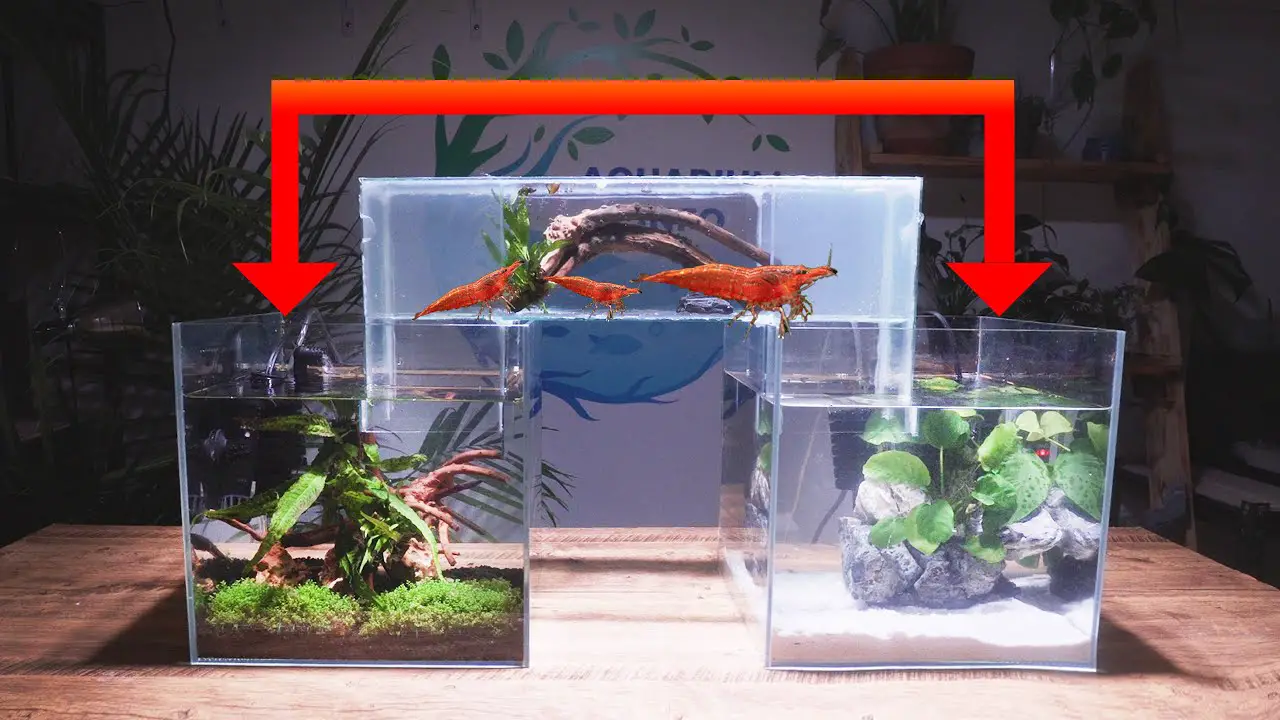
A water bridge between aquariums is a unique and visually stunning feature. It allows for seamless water flow between two separate tanks. It creates a connection between the two aquatic environments. Which provides fish and other aquatic creatures with a larger living space and the opportunity to explore different areas.
The water bridge can design in various shapes and sizes, depending on the specific needs and preferences of the aquarium owner. It not only adds aesthetic appeal to the overall aquarium setup but also enhances the well-being of the aquatic inhabitants by promoting natural movement and interaction.
A water bridge can also serve as a functional element, allowing for easy maintenance and water circulation between the connected aquariums. Whether you are a seasoned aquarist or a beginner, implementing a water bridge in your aquarium setup can elevate the beauty and functionality of your aquatic display.
Why Do Fish Hang Around Bridges?
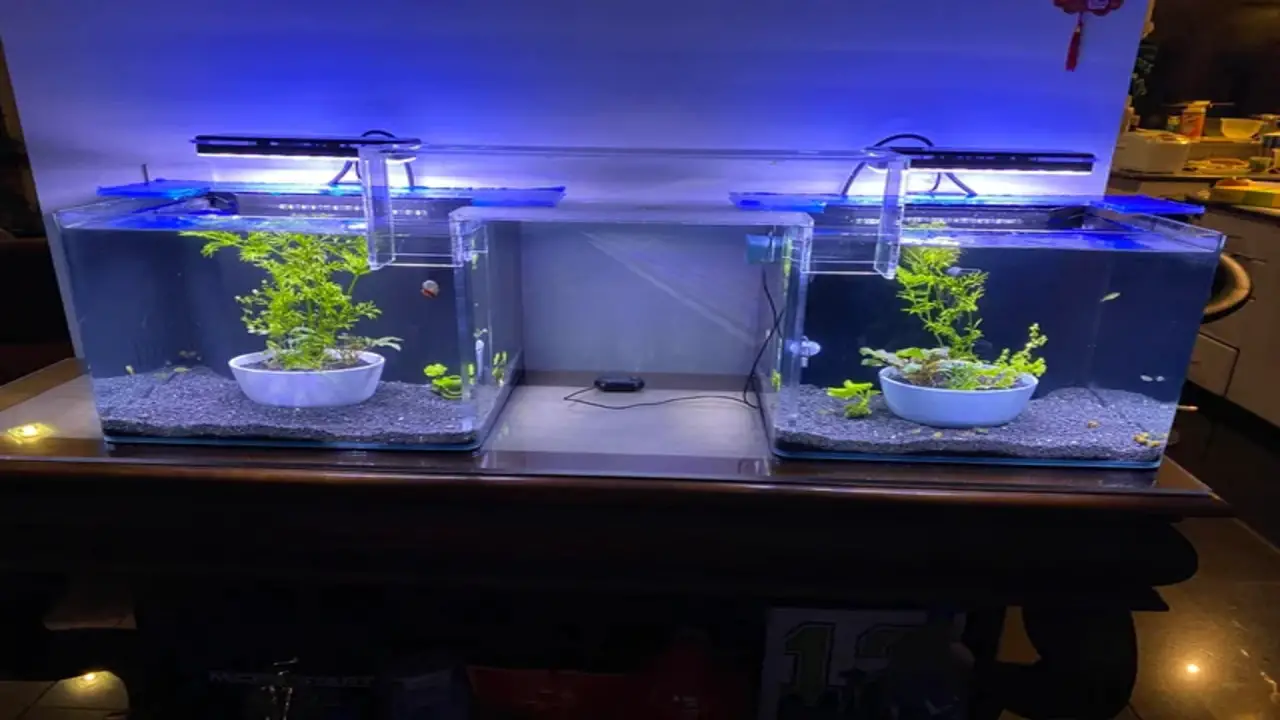
Fish often hang around bridges in aquariums because it provide a sense of security and shelter. Bridges create a natural hiding spot for fish, allowing them to retreat from other tank inhabitants or any potential threats. The bridge’s structure also offers a variety of surfaces and levels for the fish to explore and swim around, providing mental stimulation and enrichment. Additionally, bridges can create interesting visual focal points in the aquarium, enhancing the overall aesthetic appeal. So, if you notice your fish spending a lot of time near a bridge, it’s likely because they find comfort and enjoyment in its presence.
How To Make A Water Bridge For Aquarium Like A Pro

A water bridge for an aquarium connects two or more separate tanks, allowing water to flow freely between them. This setup offers several benefits, such as maintaining consistent water parameters throughout the interconnected tanks, ensuring efficient filtration, and facilitating the movement of fish and aquatic life between compartments. The water bridge design also allows for creative aquascape possibilities, creating visually appealing and dynamic displays.
However, it requires careful planning and consideration of the aquarium’s overall setup, including filtration, water circulation, and species compatibility. Regular maintenance is essential to ensure water quality and the well-being of aquatic inhabitants.
Designing Your Water Bridge
Designing a water bridge for your aquarium can be a fun and creative project. Before you start, it’s important to consider a few key factors to ensure the safety and functionality of your bridge. First, determine the size and shape of your bridge based on the dimensions of your aquarium and the type of fish you have.
Next, choose a suitable material that is safe for aquatic life, such as acrylic or glass, and make sure it is securely attached to prevent any accidents. Additionally, consider the aesthetic appeal by incorporating plants, rocks, or other decorations to blend the bridge seamlessly into your aquarium’s design.
Choosing Materials For Your Water Bridge
When constructing a water bridge for your aquarium, it is important to choose the right materials to ensure durability and safety. One option for the structure of the bridge is acrylic or plexiglass, which is transparent and can provide a seamless look when properly installed.
Another choice is glass, which is also transparent and can withstand the weight of water without bending or warping. For the base of the bridge, consider using sturdy materials such as stainless steel or aluminum to provide stability and support. It is crucial to select materials that are waterproof and resistant to corrosion in order to maintain the integrity of the water bridge over time.
Structure Of Your Water Bridge
When creating a water bridge for your aquarium, the structure is an essential consideration. The design and construction of the bridge will not only affect its aesthetic appeal but also its functionality and durability. To ensure a successful water bridge, you need to choose materials that are safe for aquatic life and can withstand constant exposure to water.
Popular options include acrylic, glass, or plastic. Additionally, carefully plan the dimensions and shape of the bridge to fit your aquarium’s size and style. It’s important to take into account factors such as weight distribution, stability, and ease of maintenance when designing the structure. By paying attention to these details, you can create a water bridge that adds a unique touch to your aquarium while providing a safe environment for your aquatic friends.
Installing The Water Pump And Tubing
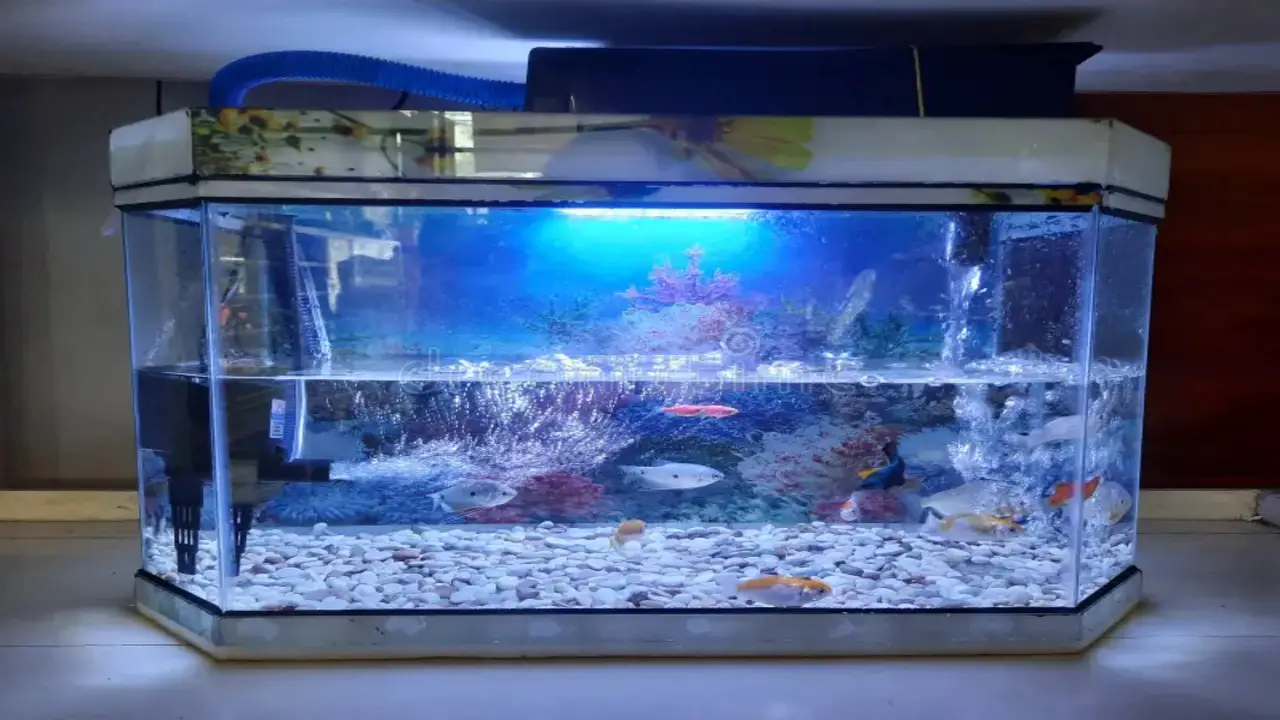
Installing the water pump and tubing is a crucial step in creating a water bridge for your aquarium. First, choose a suitable water pump that can provide enough flow to create a steady stream of water between the two tanks. Place the pump in one tank, making sure it is securely positioned and submerged in water.
Then, connect one end of the tubing to the outlet of the pump and route it toward the other tank. Ensure that the tubing is properly secured and doesn’t have any kinks or bends that could impede water flow.
Finally, attach the other end of the tubing to an inlet or waterfall feature in the second tank, allowing the water to flow freely between the two tanks. Regularly check the tubing for any signs of leaks or blockages to ensure that your water bridge functions properly and provides a visually stunning addition to your aquarium setup.
Testing And Adjusting Your Water Bridge
Testing and adjusting your water bridge for an aquarium is an important step to ensure its functionality and safety for your aquatic pets. Once you have constructed the water bridge, carefully fill it with water, making sure that it flows smoothly between the two tanks.
Observe the water flow and check for any leaks or irregularities. If there are any issues, make necessary adjustments to the structure or sealing to fix them. Additionally, test the compatibility of the water parameters in both tanks by using a reliable testing kit. This will help you determine if any adjustments need to be made to the water chemistry, such as pH or temperature, to create a stable environment for your fish or other aquatic creatures.
Decorating And Enhancing Your Water Bridge
Once you have successfully built a water bridge for your aquarium, it’s time to take it to the next level by decorating and enhancing its appearance. Adding decorations not only makes the water bridge more visually appealing but also provides enrichment for your fish. Here are some tips on how to decorate and enhance your water bridge:
- Choose appropriate decorations: Select decorations that are safe for aquarium use and won’t harm your fish or affect the water quality. Natural-looking ornaments, such as rocks, driftwood, and live plants, can create a more realistic underwater environment.
- Consider lighting: Proper lighting can bring out the beauty of your water bridge and accentuate its features. Use LED lights or aquarium-specific lighting fixtures to create a vibrant and captivating display.
- Add aquatic plants: Live plants not only add a touch of natural beauty but also provide hiding places and oxygenate the water. Choose aquatic plants that are suitable for your specific aquarium setup and ensure they receive adequate light and nutrients.
- Incorporate fish-friendly elements: Consider adding small tunnels or caves within the water bridge where your fish can swim through or hide. This will provide them with additional stimulation and mimic their natural habitat.
Maintaining Your Water Bridge
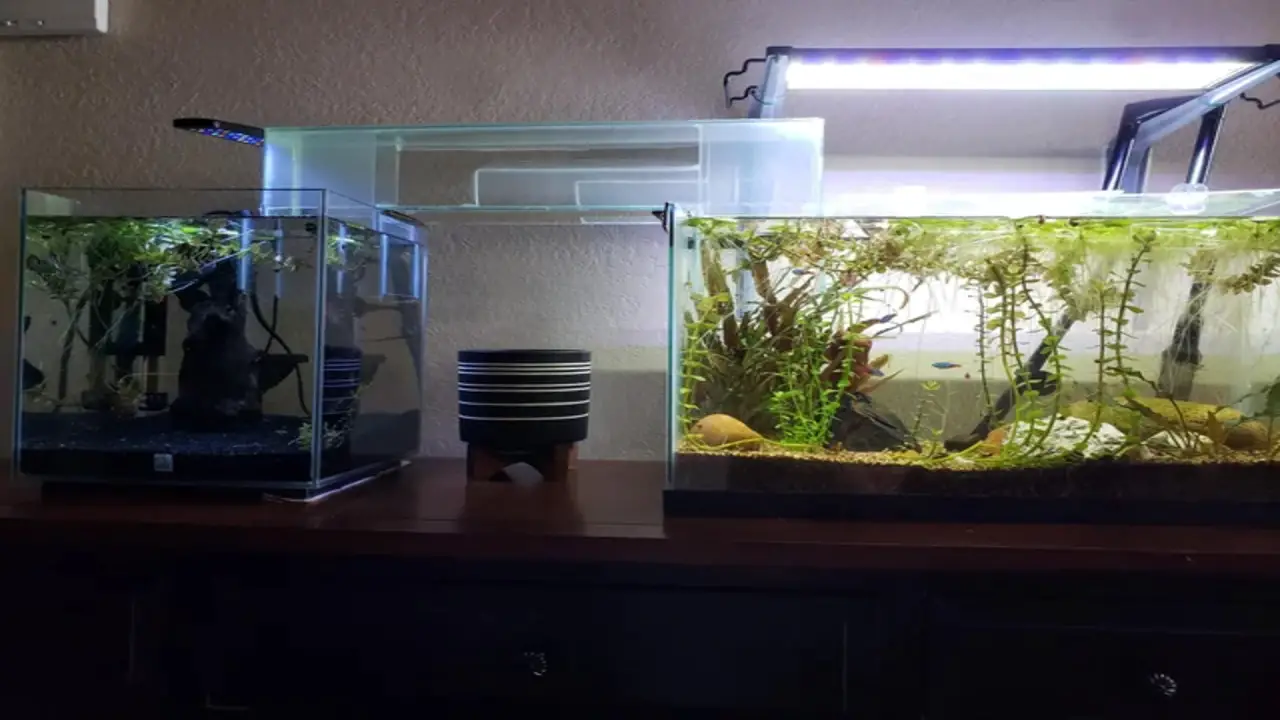
Maintaining a water bridge for your aquarium can be a rewarding and visually stunning addition to your aquatic setup. However, it is important to take proper care of your water bridge to ensure its longevity and functionality. By following these maintenance tips, you can ensure that your water bridge remains functional and provides a beautiful addition to your aquarium setup. Here are some tips for maintaining your water bridge:
- Regular cleaning: Regularly clean the water bridge to remove any debris or algae buildup. Use a soft brush or sponge to gently scrub the surface, being careful not to damage any delicate parts.
- Aquatic plant care: If you have live plants in your water bridge, ensure they receive adequate light and nutrients. Trim any overgrown or dying foliage to maintain a healthy and balanced ecosystem.
- Fish health: Monitor the health of any fish or other aquatic inhabitants in the water bridge. Look out for signs of stress or illness, such as abnormal behavior or appetite loss, and take appropriate measures to address any issues promptly.
Troubleshooting Common Issues With Water Bridges
Water bridges can be a unique and visually appealing addition to an aquarium, but they may come with their fair share of challenges. Here are some common issues that you may encounter when setting up and maintaining a water bridge. By being aware of these common issues and taking proactive measures, you can troubleshoot and address any challenges that arise with your water bridge, ensuring a functional and visually pleasing addition to your aquarium setup.
- Leaks: One of the most common problems with water bridges is leaks. If you notice water dripping or pooling around the bridge, it is important to identify the source of the leak and fix it promptly. This may involve resealing the joints or replacing damaged components.
- Water quality: Water bridges can disrupt the natural filtration system of your aquarium, leading to poor water quality. It is crucial to regularly test the water parameters and perform necessary water changes to maintain optimal conditions for your aquatic life.
- Algae growth: Algae growth is another common issue in water bridges due to increased exposure to light and nutrients. To combat this, consider placing light-blocking materials or using algae inhibitors in the bridge structure. Regular cleaning and maintenance will also help prevent excessive algae buildup.
- Structural stability: Ensuring that your water bridge is structurally sound is essential for its longevity and safety. Pay attention to weight distribution, support structures, and any signs of sagging or instability. Reinforcing weak areas or seeking professional assistance may be necessary to maintain a stable bridge.
Safety Considerations For Water Bridges
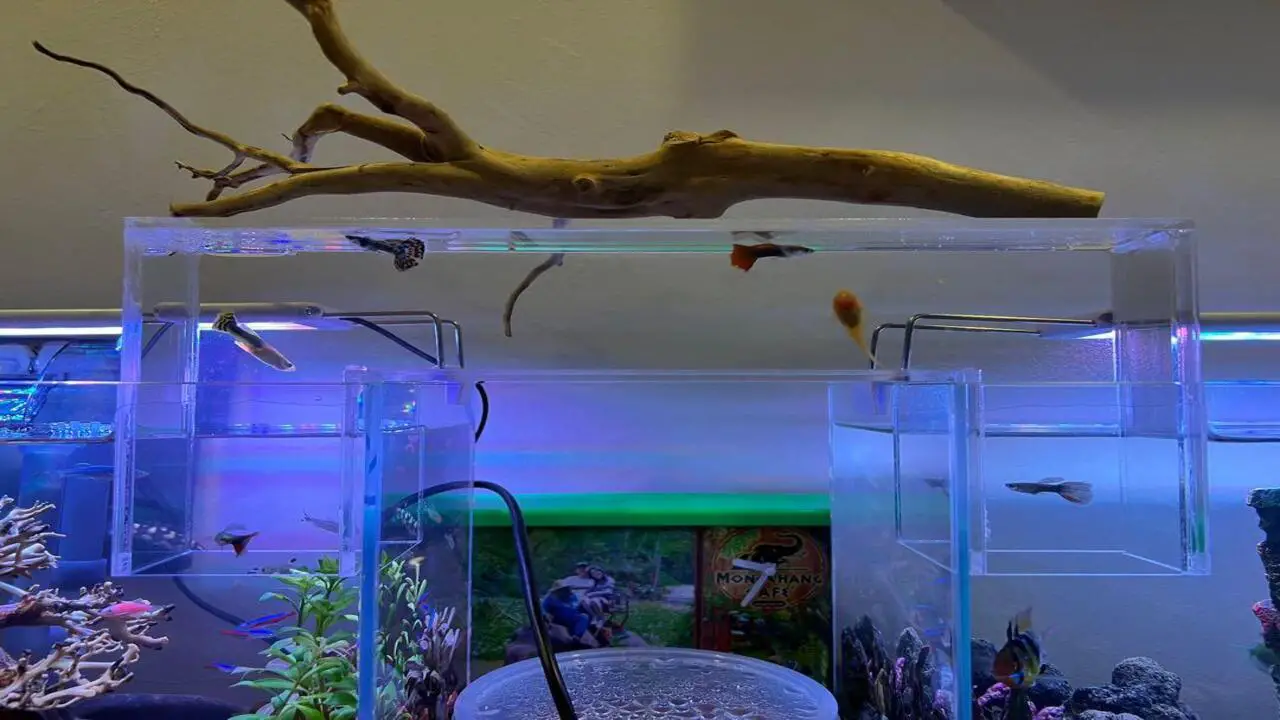
Safety should be a top priority when adding a water bridge to your aquarium. Water bridges can add a unique and visually appealing element to your tank. Still, it’s important to take some precautions to ensure your fish’s safety and the structure’s overall stability. Here are some key safety considerations for water bridges in aquariums:
- Choose the right materials: Select materials that are safe for aquatic environments, such as acrylic or glass. Avoid using any materials that may leach harmful chemicals into the water.
- Reinforce the structure: Ensure your water bridge is securely attached to the aquarium walls or other support structures. Reinforce any weak points or areas that may be prone to stress or pressure.
- Consider weight distribution: Consider the weight of the bridge itself and any decorations or plants you plan to place on it. Distribute the weight evenly to prevent any imbalance or strain on the structure.
- Monitor water quality: Regularly test the water quality in your aquarium to ensure that there are no adverse effects from the presence of a water bridge. Watch for any signs of stress or discomfort in your fish.
By following these safety considerations, you can enjoy the beauty and uniqueness of a water bridge in your aquarium while ensuring the well-being of your aquatic pets.
Conclusion
The water bridge for aquariums is nothing short of an aquatic marvel. It’s a breathtaking sight that looks cool and plays an important role in ensuring the health of aquatic life. If you’re a fan of aquariums and haven’t seen a water bridge in action, you’re missing out on something truly special. So, add it to your bucket list of things to see. It’s a sight that will leave you in awe and make you appreciate the wonders of engineering and nature.
The combining bridge for aquariums is a stunning and essential feature that ensures the health of aquatic life. It is a must-see for aquarium enthusiasts, as it is a remarkable sight that combines engineering and nature. Its breathtaking appearance is sure to leave you in awe and appreciation.
FAQs
How Does The Water Bridge Work?
The water bridge operates on the principle of gravity and siphoning. The water level in both tanks is kept at the same height, ensuring a continuous water flow between the two tanks.
What Are The Benefits Of Having A Water Bridge In My Aquarium Setup?
The water bridge provides several advantages, such as increased swimming space for your aquatic pets, enhanced water circulation, and a visually stunning display that adds an element of interest to your aquarium.
Do Water Bridges Require Special Maintenance?
Generally, water bridges require minimal maintenance. Regularly check the water levels in both tanks and ensure that the siphoning system is functioning correctly. Both tanks ‘ cleaning and water quality maintenance remain essential as with any aquarium setup.
Are There Any Safety Concerns With The Water Bridge?
Proper construction and maintenance are crucial to ensuring the safety of the water bridge. Regularly check for leaks, reinforce the connections, and use sturdy materials to avoid any accidents or water damage.
How Can I Incorporate Plants And Decor Into The Water Bridge Setup?
You can add aquatic plants, driftwood, or other aquarium decor elements to the water bridge to create a more natural and aesthetically pleasing environment for your fish as they pass through the bridge.

Aquarium passion is all about connecting with the aquatic life and providing education to the public on the importance of these creatures. We showcase a wide variety of marine life through our exhibits as well as working with schools to provide unique learning opportunities for students of all ages.

